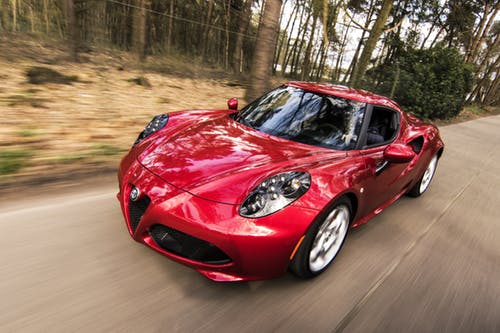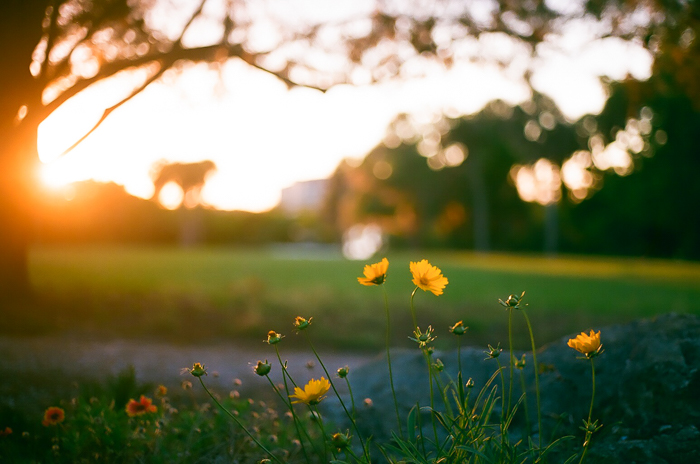 While many love cars for the mechanical engineering, science, and technology that goes into them, others love them for the rush of driving fast, while others love them simply because they look great. Indeed, car photography is a niche in the photography world, with many photographers, studios, filters, and communities dedicated to the art. Did I forget to mention the beautiful women that are also frequently in attendance at car shows? Whether you are taking professional photos at a car show or are simply taking snaps of the sedan in your driveway, follow these tips and you’ll be taking photos like a ‘pro in no time.
While many love cars for the mechanical engineering, science, and technology that goes into them, others love them for the rush of driving fast, while others love them simply because they look great. Indeed, car photography is a niche in the photography world, with many photographers, studios, filters, and communities dedicated to the art. Did I forget to mention the beautiful women that are also frequently in attendance at car shows? Whether you are taking professional photos at a car show or are simply taking snaps of the sedan in your driveway, follow these tips and you’ll be taking photos like a ‘pro in no time.
Wash The Car
First thing’s first, make sure your car is washed with soap before you start your shoot. For professionals this is a no-brainer, but if it’s your first time, make sure to give it a good scrubbing and buffering before you begin taking pictures. Make sure it has no imperfections such as a broken windshield or glass, and if you need to, visit a windshield repair shop beforehand. This step alone will make your car look many times better. Even if you are taking photos of a person and the car is going to be in the background, take the time to wipe it down so that it looks great on its own.
Shoot During Golden Hour
This is generally a great rule for photography, but try to time your photoshoots to the time of day that’s just after sunrise, or just before sunset. At these times of day the sun is low in the sky and produces a wonderful soft light that makes everything look great. It’s called golden hour for a reason, use it to your advantage!
Pay Attention to Color
If you can’t shoot during golden hour, at least try to be cognizant of how the color of your car reacts in different kinds of light. For example, very bright colors might look better at night than in direct sunlight, or the reverse for darker colors. Experiment a bit to find the best time for your vehicle.
Take a Driving Shot
Taking a shot of the car moving is not only majestic, but you’re showing the car being used as it was meant to be! You’ll need to be careful while doing this, the trick is to take the picture from another moving car. To do this take the picture while carefully sticking the camera outside of the window, using a fast shutter speed of at least 1/100th of a second.
Watch Out for Reflections
A nice shiny car will also produce some unwanted reflections, so be cognizant of what your car’s surface looks like. It’s best to try to take the photo with an open space behind you so there’s nothing that can reflect off the car. It’s also not great to have the photographer’s reflection in the photo, to avoid that you can use a tripod set the camera on a timer.
Now that you’ve read our tips, fire up your camera, rev your engines, and get out there!

